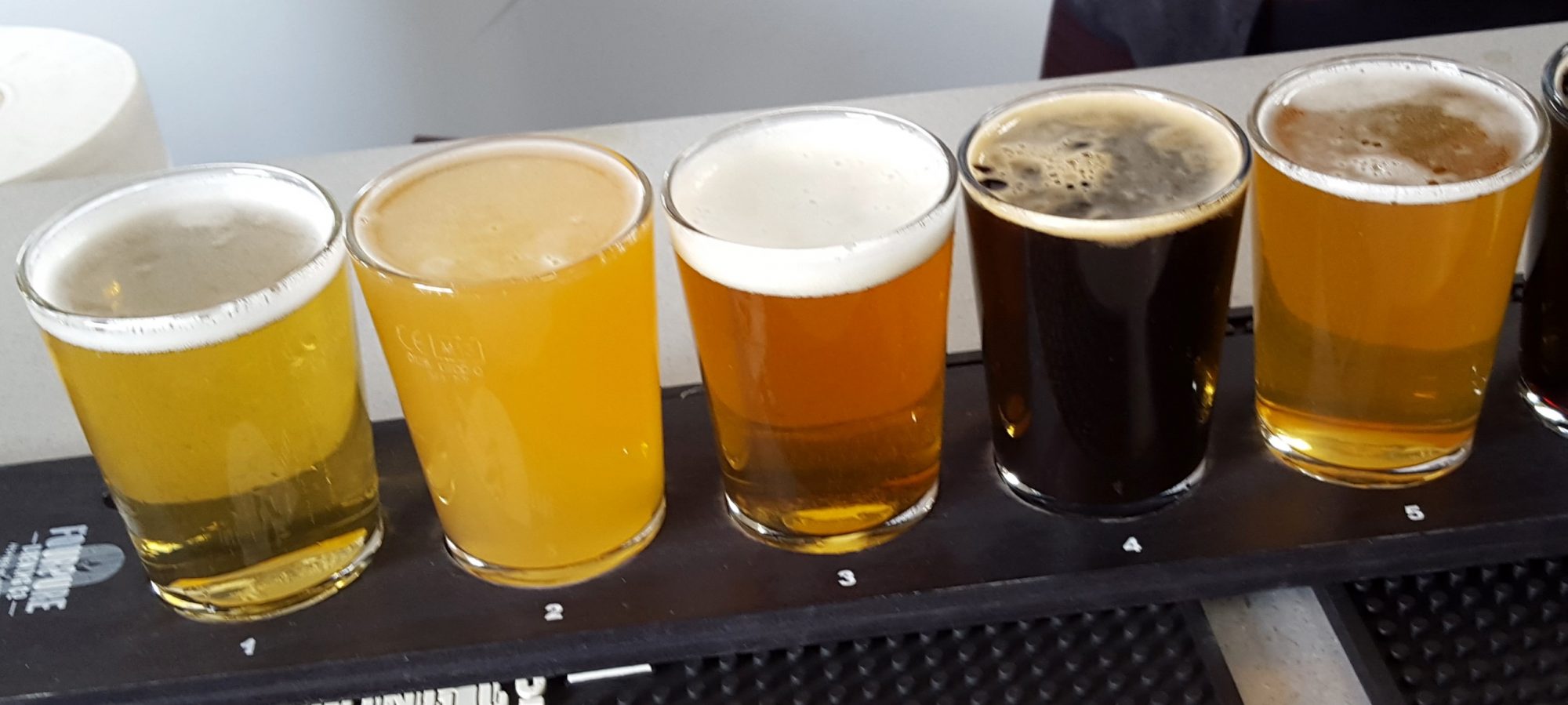The tide of scare stories in the press about alcohol has been temporarily stemmed by reports, first mentioned in the Sunday Times, of a study in Boston (the US one) that suggested that alcohol isn’t actually as fattening as commonly assumed — for women anyway. Alcohol contains a lot of energy and it had been assumed that any excess in the body was converted into fat, as with any other foodstuff. However, it’s now hypothesised that regular drinkers’ livers process energy from alcohol in a more complex way than previously thought and that much excess energy is turned to heat, not fat. So the argument goes that alcohol is not as fattening as its calorie count might suggest.
A couple of pieces of anecdotal evidence might support this. One is that while there are many CAMRA types who have large beer bellies, they’re probably not as large as their calorie intake might lead one to believe. A moderately heavy ale drinker might drink twenty pints a week — at a couple of hundred calories a go that’s four thousand extra calories — almost the equivalent of two days worth of energy for an adult male — or about 15 Mars bars a week. Most drinkers in this category take a surprisingly long time — several years — to develop a belly. I’ve also been on an alcohol reduction drive recently and have expected the weight to fall off. Even allowing for my new found substitute of chocolate digestives, I’ve not seen my weight plummeting to the extent that the shortfall in calories might suggest. And also there are plenty of women wine drinkers, as the study suggests, who aren’t anorexics but don’t put on the vast amounts of extra weight that the calorie content alone of the wine might suggest.
However, I don’t subscribe to the point of view that’s current in some drinking circles that beer is entirely unfattening and it’s the fondness for curries and takeaways that it creates which is wholly responsible for bellies.
This article in the Daily Mail summarises the various healthy effects that have been scientifically proven for a number of drinks — from red wine to beer via Baileys, gin, cider and others. It has to be added that the overall negative health effects of alcohol aren’t included but these generally tend not to be pronounced at moderate levels anyway. Beer is revealed as being a particularly nutrient-rich drink, with four pints giving an adult’s complete daily intake of folate. There’s even a study that purports to dismiss the causative effect of beer on large bellies.
